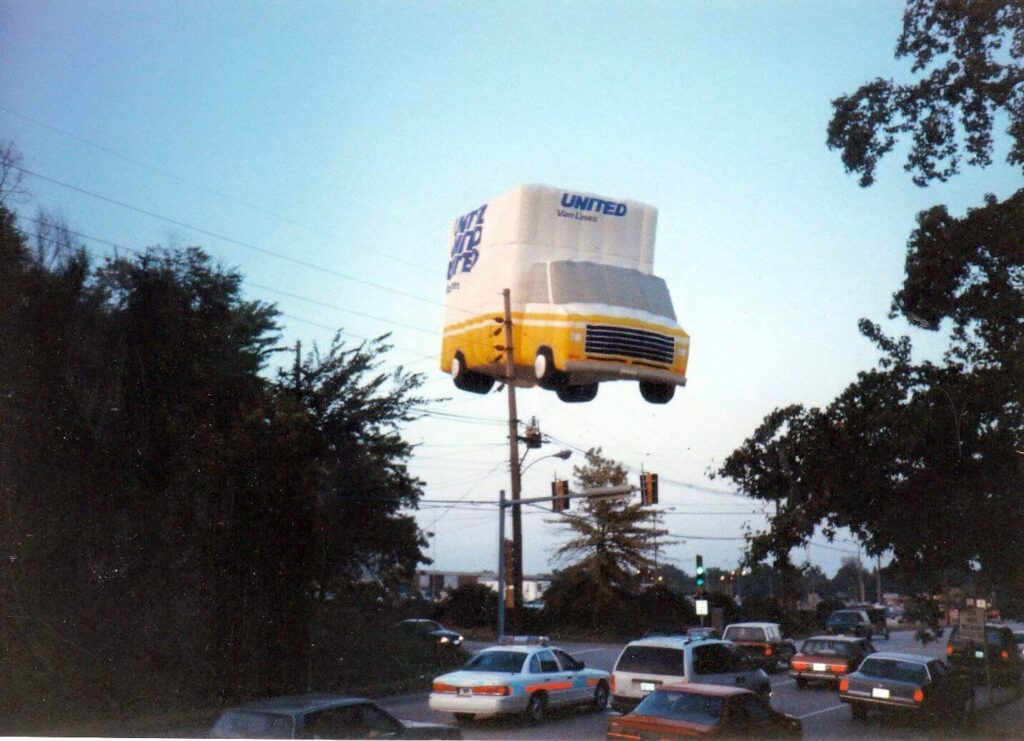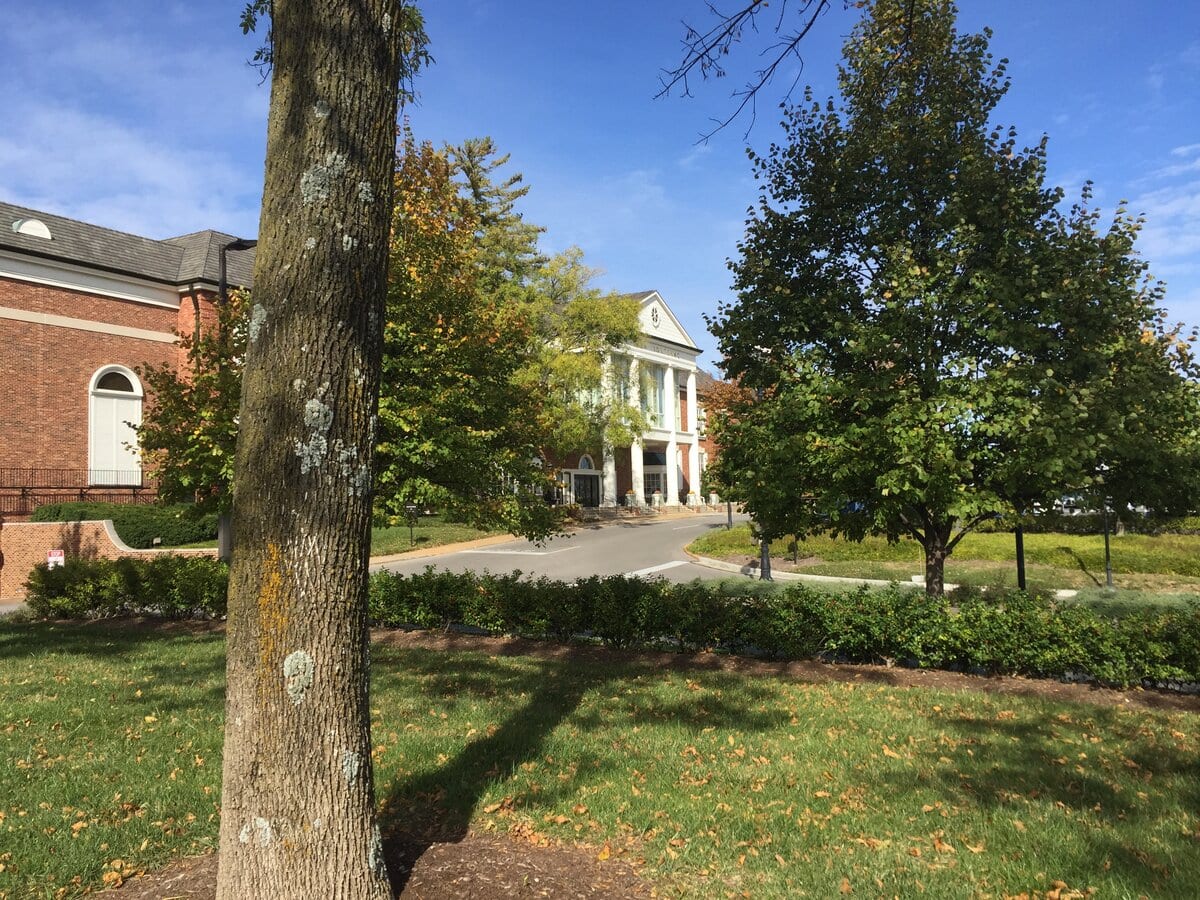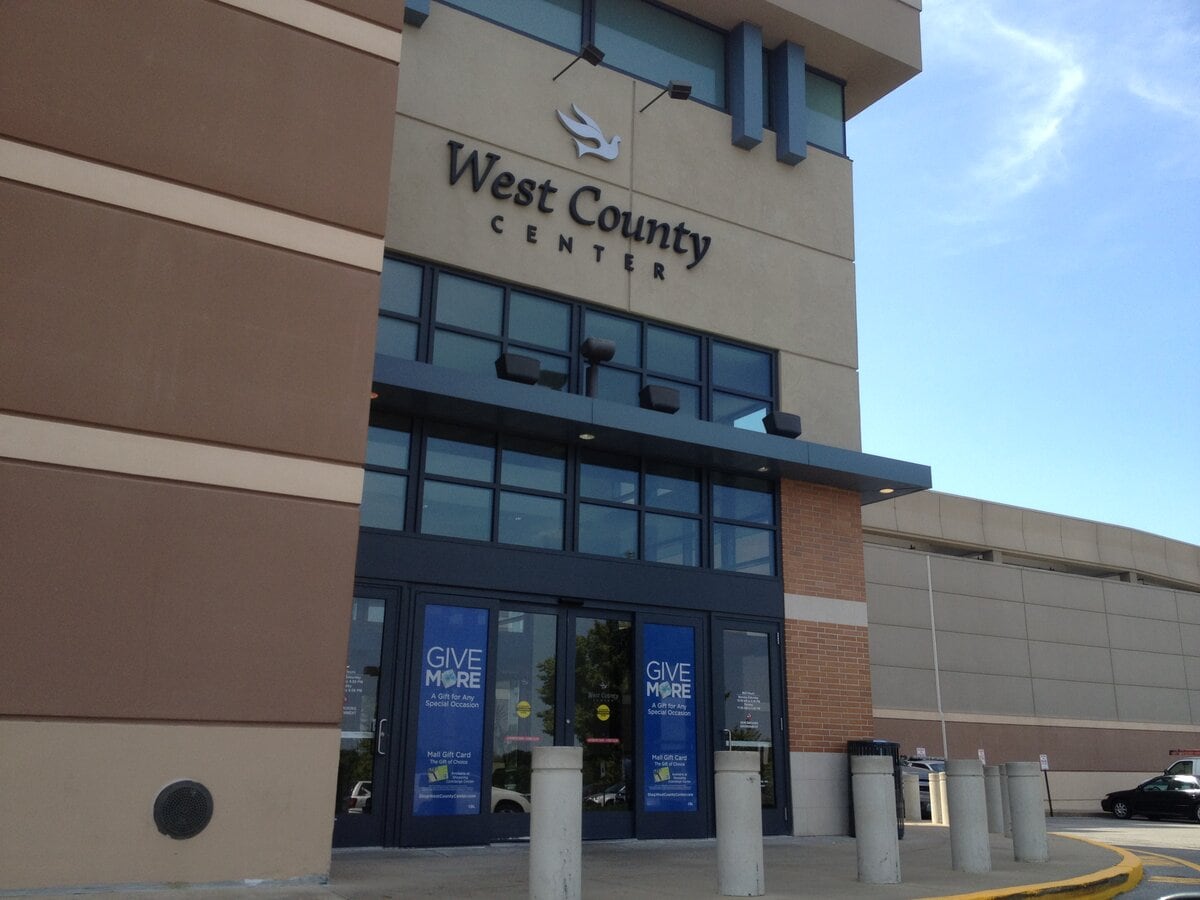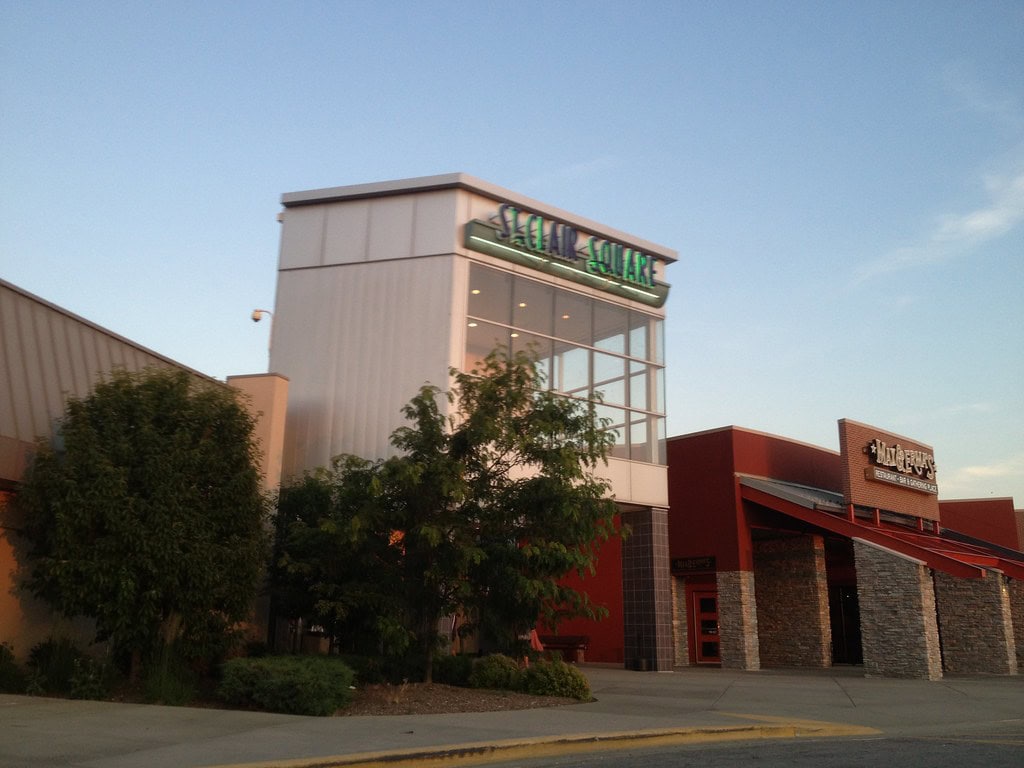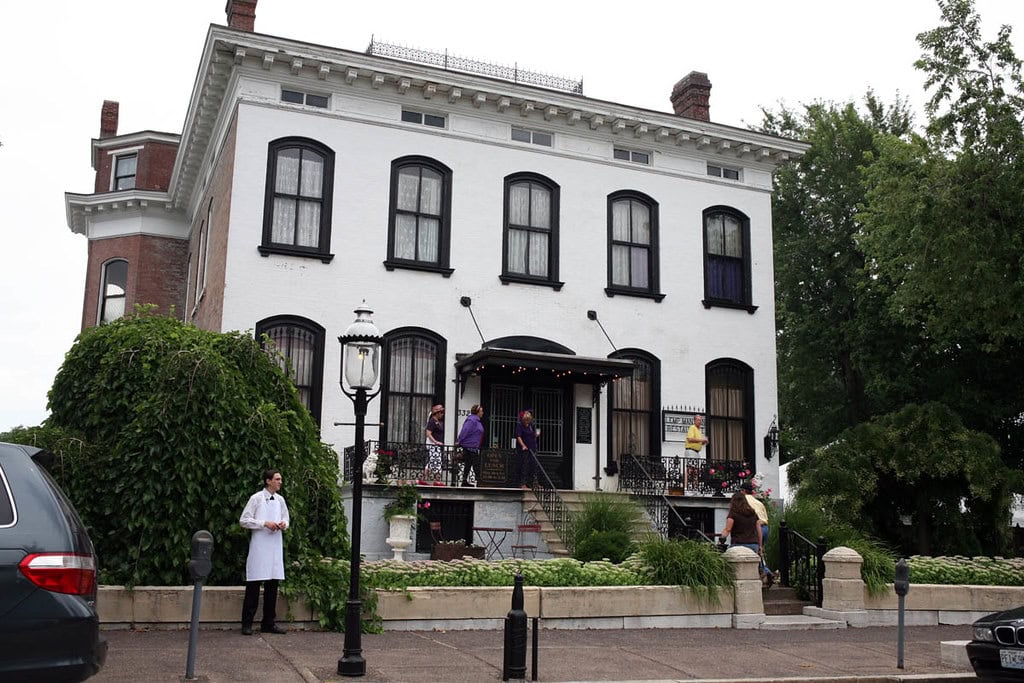River Roads Mall in memory and map
For anyone who grew up in North County, the words "River Roads" once meant a destination, not a set of directions.
The enclosed mall that stood in Jennings, just northwest of St. Louis, Missouri, was the kind of place where you could arrive in the morning and emerge after dark having crossed only tile and carpet.
It offered the usual comforts of the suburbs: warm and dry in winter, cool in summer, and the soft sound of escalators taking you from place to place.
Families shopped there, teenagers hung out there, and on Saturdays, the parking lots filled up as if the future had, at least for a while, come to Halls Ferry Road.
Today, things have changed. The mall is gone, cleared down to its utilities and the memories people have. Now, senior apartment buildings stand in neat rows, facing new streets where cars once drove toward the big stores.
A new community center is being built where the big stores used to be, the first part of a bigger city project planned for the old mall site.
What started as a modern, indoor shopping place now lives on as a mix of homes and public buildings, with only the shape of the land showing that this was once one large building made for shopping.
River Roads Mall and the suburban promise
River Roads Mall began as a confident experiment in suburban destiny. On a 55-acre tract in Jennings, about eight miles northwest of downtown St. Louis, the department-store firm Stix, Baer & Fuller decided that shoppers would follow it out of the city.
Its four-level, 256,000-square-foot store opened first on August 7, 1961, with escalators, a basement bowling alley called Spencer's Bowl, and a restaurant and cocktail lounge to prove that modern life could be stacked vertically.
The rest of the project arrived the next summer. Between August 16 and 18, 1962, a three-day grand opening presented River Roads Mall as a complete, climate-controlled Main Street under glass.
The original complex offered 620,000 square feet of retail on a single main level over a service basement, with roughly forty stores and services in operation.
Stix shared anchoring duties with JCPenney, F.W. Woolworth, and a Kroger supermarket, their entrances feeding into broad, tiled corridors.
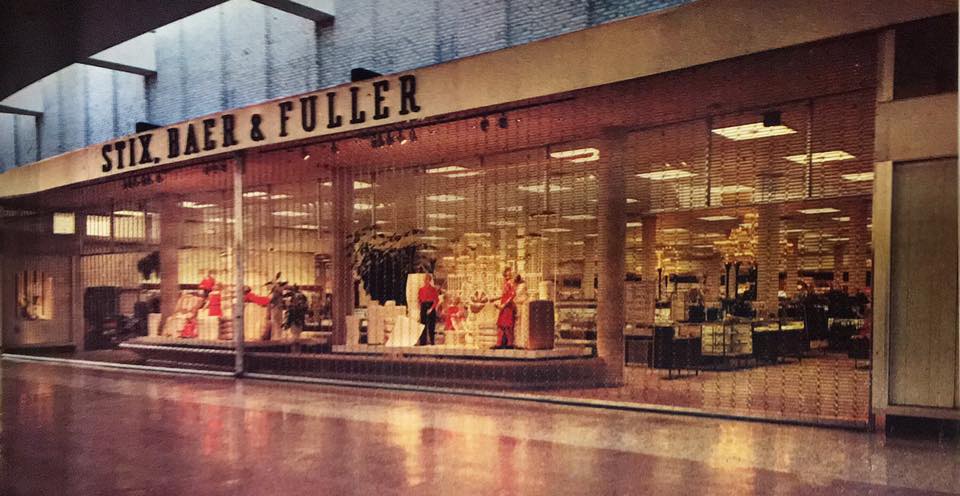
Hex tiles, harvest dinners, and Woolworth
If Stix supplied the authority, Woolworth supplied the bustle.
Its two-level, 62,000-square-foot dime store was reputed to be the largest shopping-center unit in the chain, with a Harvest House Cafeteria and a Steamboat Room serving coffee, pie, and fried chicken to teenagers and retirees.
Across the concourse, JCPenney anchored the budget end, while Kroger handled the groceries.
Between the anchors stretched the practical middle of American consumption. Walgreens ran a store with a Walgreens Grill lunch counter.
Lane Bryant, Thom McAn, Bakers, Bond Clothing, and Wolff's dressed and shod families; Singer's sewing center catered to the still-handy; a branch of Hess and Culbertson glittered near a Top Value Stamps redemption center, where thick booklets became toasters and blenders.
Outside the enclosed mall, The Pavilion tried to upgrade North County dining.
French Provincial in style and open daily for lunch and dinner, it sets live trees under a glass center section, a marble fountain in a pool, and a sunken-garden atmosphere around white tablecloths.
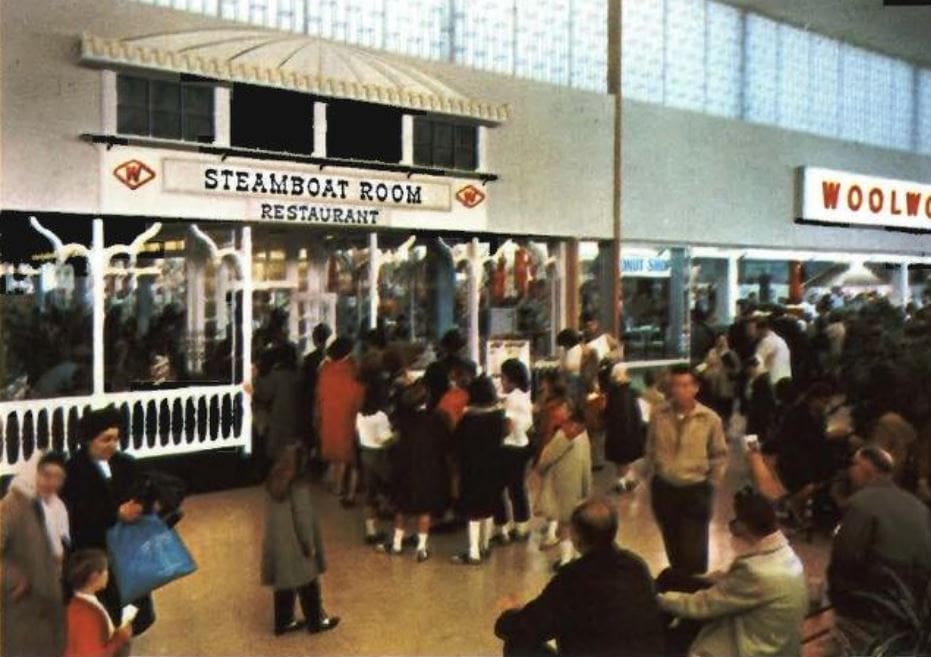
Penney's big bet and the 1972 expansion
By the early 1970s, River Roads Mall owners thought the way to fix slow sales was to add more of everything.
In 1972, JCPenney moved out of its old two-story, 61,000-square-foot space and into a new three-story, 256,000-square-foot main store that opened on April 12 and was, for a short time, the biggest JCPenney in Missouri.
The old Penney's space was turned into a new hallway with about a dozen smaller shops.
The expansion made the mall larger, going from about 620,000 to 835,000 square feet and adding 18 stores, which changed the atmosphere inside.
The inside was decorated in a Mediterranean style, with connected hexagon tiles and bow-tie shapes on the façade and some walls, warmer colors on the walls, and a clock tower meant to make it feel like an outdoor plaza even though it was inside.
There was also a sunken outdoor area with trees and a fountain that tried to add some nature to the space next to the parking lots.
New arrivals included Foxmoor Casuals, Mrs. Stover Candies, a fabric store, Regal Shoes, Worths, Waldenbooks, and several local boutiques.
Outside, the parking lot was enlarged and landscaped, with new canopies and sidewalks.
Closings, rebrandings, and outlet-era drift
Trouble arrived, as it often does in retail, about a decade after the last expansion.
In July 1983, JCPenney shut down its full-line store at River Roads Mall, citing declining sales and healthier locations elsewhere in St. Louis.
Across Halls Ferry Road, a Kmart closed the same year, a blunt sign that North County's shopping focus was moving. Mall management floated a plan to shrink the Penney's box.
In 1984, part of the space reopened as a Penney's outlet selling overstock from other stores. That same year, Stix, Baer & Fuller was acquired by Dillard's.
The River Roads Mall branch, initially not on the conversion list, was rebranded as a Dillard's as a test.
Profits improved, but not enough, and by late 1986, the store closed.
Kroger vacated its spot in 1983 and, after the chain withdrew from the St. Louis market in 1986, its former space became Food For Less.
Woolworth closed the River Roads Mall location in early 1991. By 1992, the Penney's outlet stood as the mall's only remaining anchor.
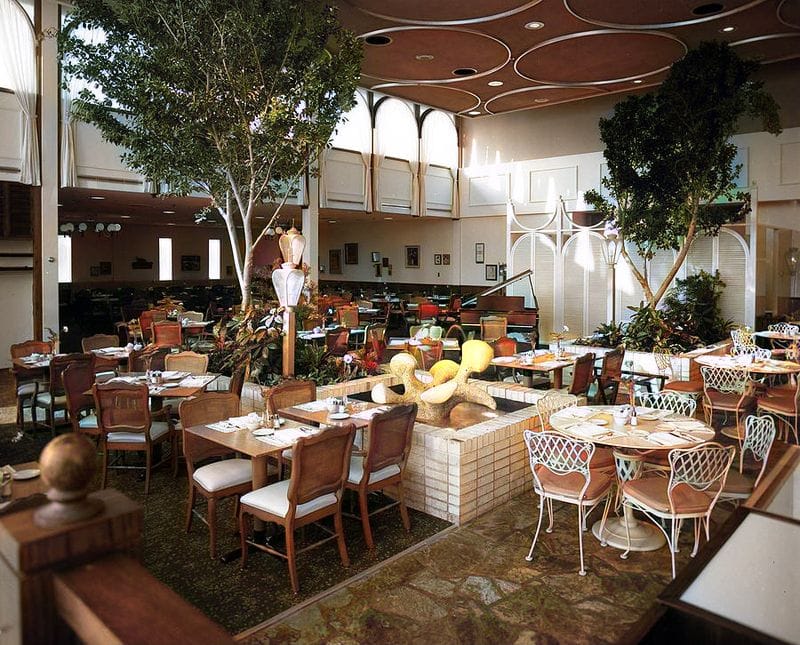
Developers, TIF dreams, and long decay
After the anchors began to vanish, River Roads Mall unraveled through a sequence of hopeful owners and unrealized drawings.
In July 1988, Buffalo-based Benderson Development bought the mall and tried to reposition it as a regional discount outlet center.
A redevelopment-and-demolition plan surfaced in 1990 and won Jennings City Council approval in 1992, but the equipment never rolled.
Another proposal to convert the complex into an outlet mall was canceled amid worries about the economy and a surplus of retail space.
For a time in the early 1990s, the property was rechristened the St. Louis Consumer Center.
JCPenney's outlet finally closed in May 1994, and by the following year, the interior mall was effectively abandoned, save for Food For Less and a few tenants with exterior entrances, while greenery and trash began to reclaim the concourses.
Benderson tried to sell the shell in 1997. Whichard Real Estate of Raleigh acquired it in 2000 and quickly flipped it to St. Louis-based Taylor-Morley Homes, which unveiled a residential-heavy plan in early 2001.
The scheme died in an internal split between the firm's founding families, leaving another layer of unbuilt ambition over the old parking lots.
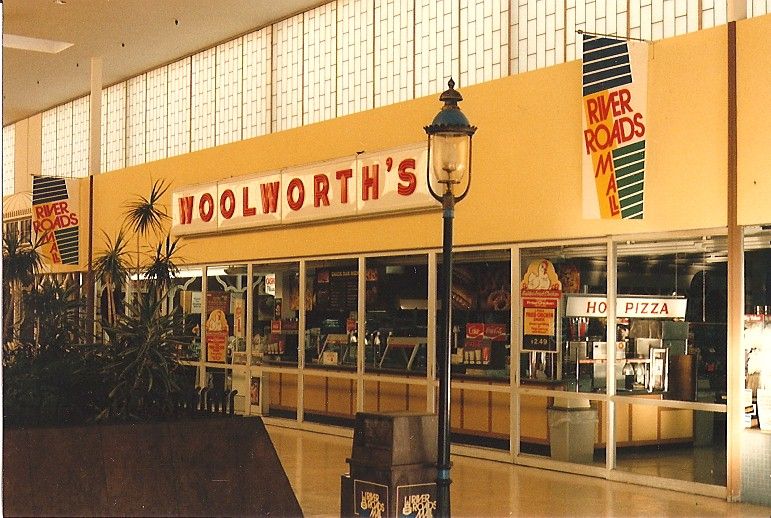
Demolition dust, bus transfers, last lights
While developers revised their spreadsheets, local residents were left to live with the carcass.
A coalition of congregations calling itself Churches United for Community Action joined with the City of Jennings to haul away trash and tame the overgrown landscaping.
MetroBus turned the vast parking lot into a transfer point: seven routes converged at Halls Ferry and Jennings Station Road, making the dead mall, paradoxically, one of North County's busier crossroads.
By the mid-2000s, the logic of demolition became unavoidable.
Interior cleanout began in the spring of 2006; later that year, heavy equipment moved in, and Metro shifted its transfer hub to a new center at Hall Street and Riverview Boulevard in St. Louis.
Demolition wrapped up in September 2007. The mall, its anchors, and its clock tower disappeared. Only a Firestone Auto and Tire shop, originally Stix Car Care's auto-service outparcel, remained on the corner.
Food For Less, perched on land it owned, stayed open through the demolition and beyond, a lone operating store on a scraped site until it finally closed in 2009.
Its building came down in 2011, extinguishing the last fluorescent hum of River Roads Mall.
From ruins to seniors housing on Middle
Into the cleared expanse stepped Pyramid Development, a St. Louis firm with a taste for big canvases.
Its proposal imagined a sixty-six-million-dollar rebirth of River Roads: office space, retail, a new city hall for Jennings, more than two hundred single-family houses, fifteen businesses, and a seniors' home spread across the former mall.
Before Pyramid itself collapsed and the wider economy buckled in 2008, the company did manage one durable piece of the plan: River Roads Manor Senior Apartments, an independent-living complex at 2380 Grand River Road.
The Manor set the tone. The dead mall would not return as a temple of consumption; it would come back as housing, especially for older residents who had once pushed strollers through its corridors.
Over the following years, freestanding retail, restaurant, and financial buildings appeared on fragments of the site, but the dominant story was residential, not commercial.
By the mid-2010s, that story had a brand: The Residences at Jennings Place, a series of tax-credit senior communities built squarely on the mall land.
The first phase opened in 2015, followed by a second in 2017, with additional phases extending along Middle River Road and turning former parking rows into driveways and lawns.
Community centers, memory, and what remains
By the 2020s, River Roads Mall existed mainly as a stack of project files.
State tax-increment-financing reports for the River Roads Estates district showed an area amended to allow residential use, with three phases of tax-credit senior apartments complete and a fourth about to begin, and recorded that Jennings had finished design development for a new city hall and recreation center there and already listed the plan as under construction.
City notes added that, in June 2021, about eleven million dollars in certificates of participation were issued to help pay for a municipal complex and community center on former mall land.
On the ground, The Residences at Jennings Place appeared in housing registries as a senior community, with a third phase verified by 2022.
Memory worked on a parallel track. From 2022 to spring 2024, the Missouri History Museum's "Coloring STL" exhibit installed salvaged tiles and fragments from the old Stix building.
In November 2024, Jennings broke ground on a community center and civic campus on part of the site, with parkland, a plaza, and outdoor exercise equipment for seniors.
Today, standing among the apartments, it is hard not to feel that the contrast between 1962 and 2025 could hardly be greater.
